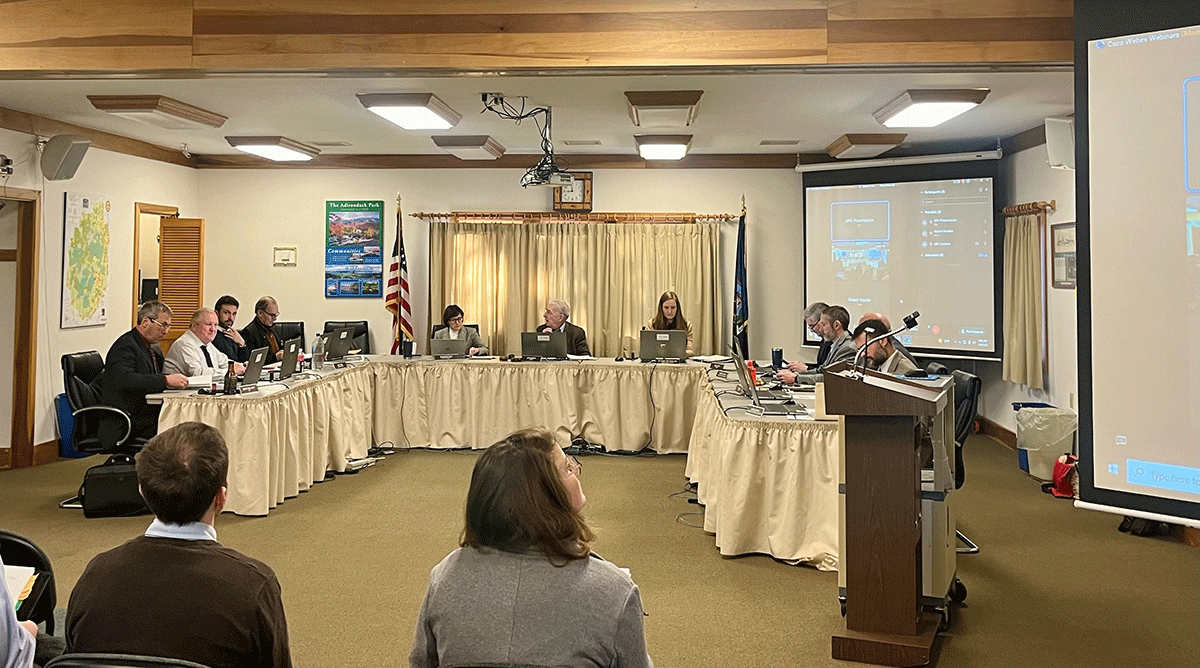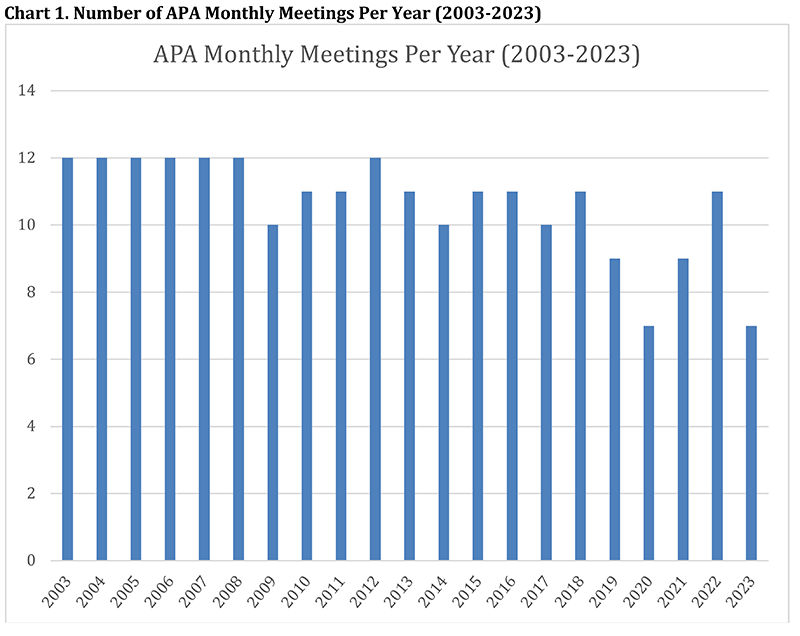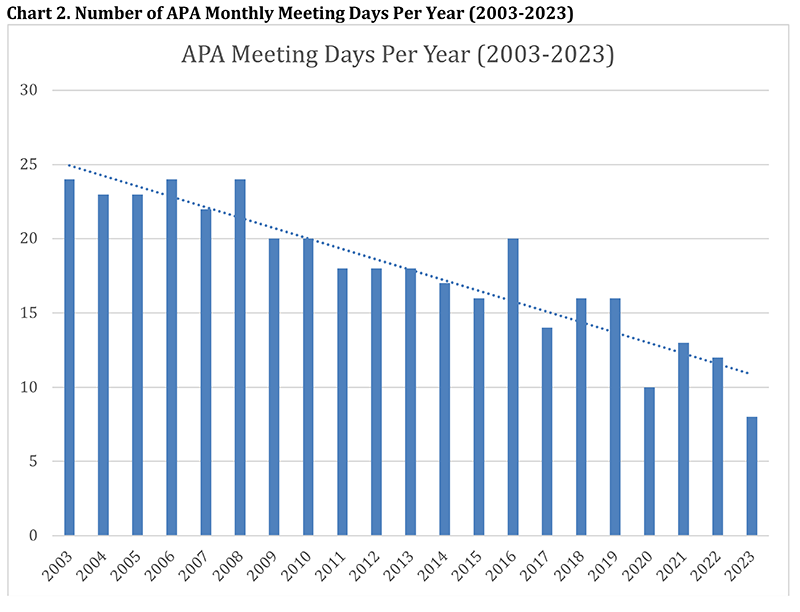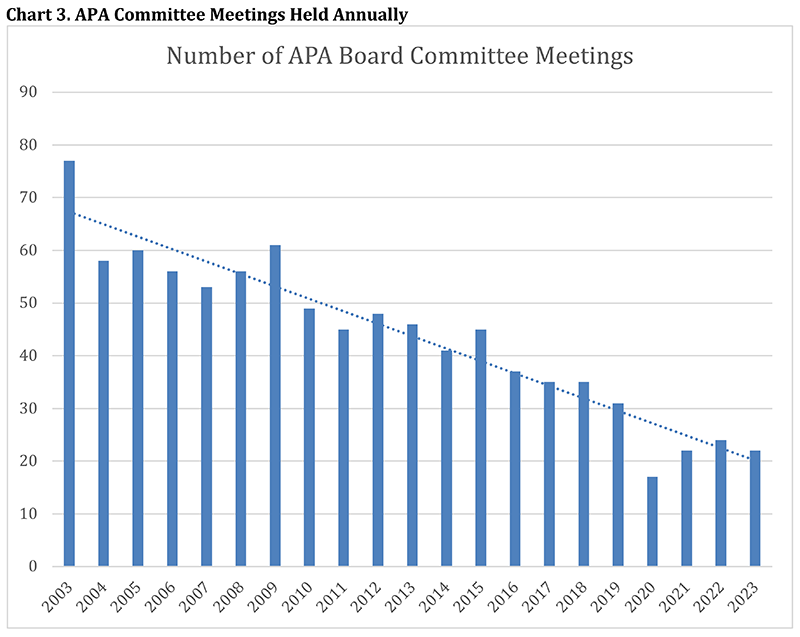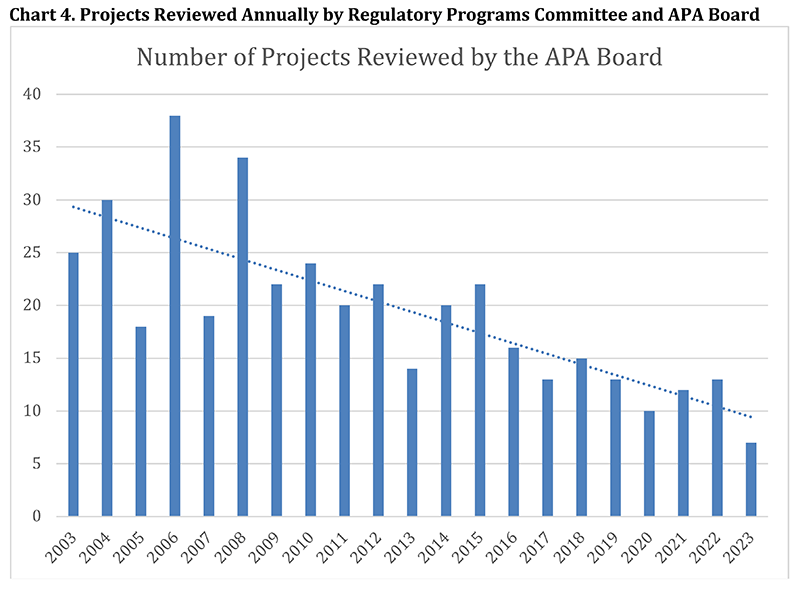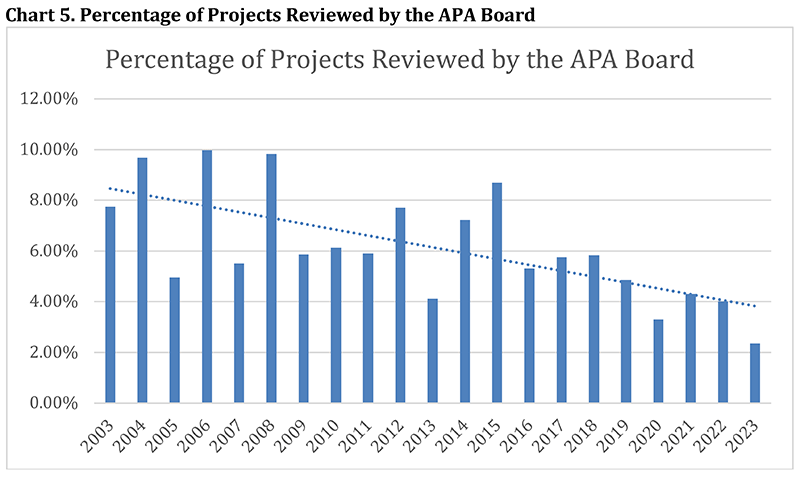When the Adirondack Park Agency (APA) was created over 50 years ago, it was at the forefront of environmental protection and regional land use regulation and planning for the Adirondacks, New York State, and the United States. The APA was established to “insure optimum overall conservation, protection, preservation, development and use of the unique scenic, aesthetic, wildlife, recreational, open space, historic, ecological and natural resources of the Adirondack park.” No small task, for sure. The APA Board, made up of eight individuals nominated by the Governor and confirmed by the State Senate and three representatives from state agencies, has “responsibility for developing long-range park policy in a forum reflecting statewide concern.” The APA, led by its Board, is supposed to be the lead agency for planning in the Adirondack Park and is supposed to oversee the management of the Forest Preserve.
For decades, the APA Board’s decisions were worked out in public and in a transparent way that harked back to the New England town meetings tradition. The APA used to function in an exceedingly open and public way. In recent years, we’ve seen an ever-shrinking APA Board that meets far less, gets involved in far fewer permits for private land development, engages in fewer Park-wide issues, has abdicated its lead-agency status, and has generally shrunk its authority as it delegates an unusual amount of its regulatory authority to the staff. To put it bluntly, the APA Board no longer functions as New York’s premiere environmental protection agency.
Over the past several years, Protect the Adirondacks has witnessed a noticeable decline in the overall operations of the APA Board. This is most evident in the fact that the Board meets fewer times each year. When the APA Board does meet, it meets for shorter periods of time, holds far fewer committee meetings, and increasingly delegates decision-making to APA staff.
Protect the Adirondacks examined APA Board meetings from 2003 to 2023 by reviewing Board meeting agendas and minutes posted to the APA website or information supplied in APA Annual Reports. We examined the number of APA Board monthly meetings held in a year; number of APA Board meeting days held in a year; number of APA Board committee meetings; and the number of permit reviews by the APA Board. We found that in every category the numbers had declined over the last 20 years, with the most marked declines occurring from 2009 to the present.
The Number of APA Board Meetings Has Declined: Prior to 2009, the APA Board held 12 monthly meetings in a year, one each and every month, from 2003 to 2008. In 2009, the APA Board held 10 monthly meetings. The annual number of monthly meetings held steady from 2010 to 2020, when the Covid-19 pandemic had a detrimental impact on the ability of the APA Board to meet. The Board rebounded in 2022 with 11 monthly meetings, but in 2023, with the pandemic no longer impacting the ability of the APA to hold meetings, the APA Board met only seven times, an all-time low. See Chart 1 below.
The Number of APA Board Meeting Days Has Declined: The monthly meetings of the APA Board may last one or two or more days. In the past, the monthly meetings were almost always two days (usually Thursday and Friday), resulting in 24 meeting days per year. Starting in 2009, the number of meeting days per year dropped to 20, and have continued to fall, to an historic low of just eight total meeting days in 2023. See Chart 2 below.
The Number of APA Board Committee Meetings Has Declined: In the past, the APA Board held regular meetings of all of its committees, including Regulatory Programs, State Land, Park Policy and Planning, Enforcement, Local Government Services, Public Awareness and Communication, Legal Affairs, Park Ecology, Economic Affairs and Administration. These committee meetings provided the opportunity for robust education of and discussion by APA Board Members on topics such as the APA Act’s requirement of “no undue adverse impact”, wetlands jurisdiction and review, lake steward programs, aquatic and terrestrial invasive species, wildlife habitat connectivity, ecological impacts of roads and backcountry development, the impacts of lighting on the night sky, Scenic Byways Program with interpretive exhibits, and the role of interpretative communications in accomplishing the Agency’s mission of protecting the resources of the Adirondack Park, acid rain deposition, geographic information systems technology, sustainable tourism planning, and affordable housing, among many other important subjects.
As set forth in Chart 3 (below), the number of APA Board Committee meetings has declined significantly to only 22 committee meetings in 2023 from a high of 77 committee meetings in 2003. The only year with fewer committee meetings than 2023 was 2020 during the pandemic. The importance of committee meetings goes beyond required statutory functions, such as reviewing private land projects and State land projects. Committee meetings are where APA Board Members receive information from the staff and learn about different issues facing private lands and State lands in the Park. Informed APA Board Members are essential for carrying out the APA’s core mission. Fewer committee meetings mean a far less engaged and educated APA Board.
The Number of Projects Reviewed by the APA Board Has Declined: As with the other metrics, the number of proposed private land development projects reviewed by the APA Board has declined over time. That decline has not been the result of a decline in project applications before the APA. We reviewed that data as well and found that the number of project applications has remained relatively steady over the last ten years, with approximately 300 to 350 applications per year. In 2003, the APA Board reviewed 25 project applications. By 2023, that number has fallen to 7 project applications. The all-time high was 38 projects in 2006. See Chart 4 below.
The percentage of project applications approved by the APA Board as compared to the total of project applications approved by the APA has commensurately fallen over time. In the past, the APA Board reviewed approximately 7% to 8% (with a high of 9%) of the projects that were issued permits by APA in a given year. Now that percentage is roughly half of what it used to be, as the APA Board reviews and approves around 4% of the total projects approved annually by the APA. In 2023, the percentage of projects reviewed by the APA Board fell to just 2% of the total number of projects that were issued a permit by APA, again an all-time low. See Chart 5 below.
As the percentage of projects reviewed by the APA Board is falling, the percentage of projects approved by APA staff is increasing. The APA Act is structured to ensure that important projects, whether proposed for private or State lands, are considered and discussed in public meetings. The delegation of an increasing percentage of private land development projects to the APA staff means that more projects are evading public review and scrutiny. Instead, most projects are being reviewed and approved behind closed doors.
Additionally, since fewer projects are being reviewed by the APA Board, the APA Board Members are spending less time on these reviews. Volunteer members of local Planning Boards in towns and villages across the Park spend numerous hours in public meetings reviewing project application materials, hearing from the public, deliberating amongst each other and consulting with staff. It’s ironic that the APA Board puts in less work than a typical local Planning or Zoning Board in the Park. These local boards are also far more accessible and open to the public and transparent in their deliberations around project review.
A Less Active APA Board Means Less Transparency and Less Public Participation: The decline in the number of meetings and the limited number of project reviews by the APA Board is reducing the transparency of APA’s operations, and curtailing opportunities for the public to observe and participate in the important work of the APA. While some may argue that having fewer meetings is due to increased delegation to, and efficiency of, the APA staff, the delegation to staff for decision-making is not what was envisioned by the APA Act. The planning and decision-making for the Adirondack Park is a matter of “statewide concern” that must be open and transparent to members of the public.
An APA Board that is holding fewer committee meetings is an APA Board that is failing to educate its members or the public about major issues facing the Adirondack Park. APA Board members should be continuously exposed to best management practices for understanding and protecting complex ecological systems, land use planning, and public lands management. The current APA Board does a poor job at educating its members. Simply put, an APA Board that meets less, undertakes less work, administers fewer committees, and is involved in fewer projects, is an APA Board that is not doing its job for the Adirondack Park.
The APA Board’s decision to hold fewer meetings, hold fewer committee meetings, and review fewer projects is consistent with its position not to hold adjudicatory public hearings for major proposed development projects. The APA held 150 adjudicatory hearings in its first 37 years, but it has not held any in the last 13 years. The APA staff, breaking with the APA Act and its Rules & Regulations, has invented its own criteria for when to hold a public hearing and the APA Board has failed to question or correct this ad hoc process. Only a disengaged Board that is poorly equipped to administer the APA Act would tolerate made-up processes during permit review.
Protect the Adirondacks urges the APA leadership to take steps to reverse the troubling trend of ever-decreasing involvement and engagement by the APA Board. We are hopeful that these concerns and data about a disengaged APA Board are taken seriously, and that the Agency corrects its course as soon as possible. APA leaders must improve the operation and management of the APA Board to better educate Board Members and improve its public openness and transparency.
Click here to read a letter submitted to the APA on this issue.

